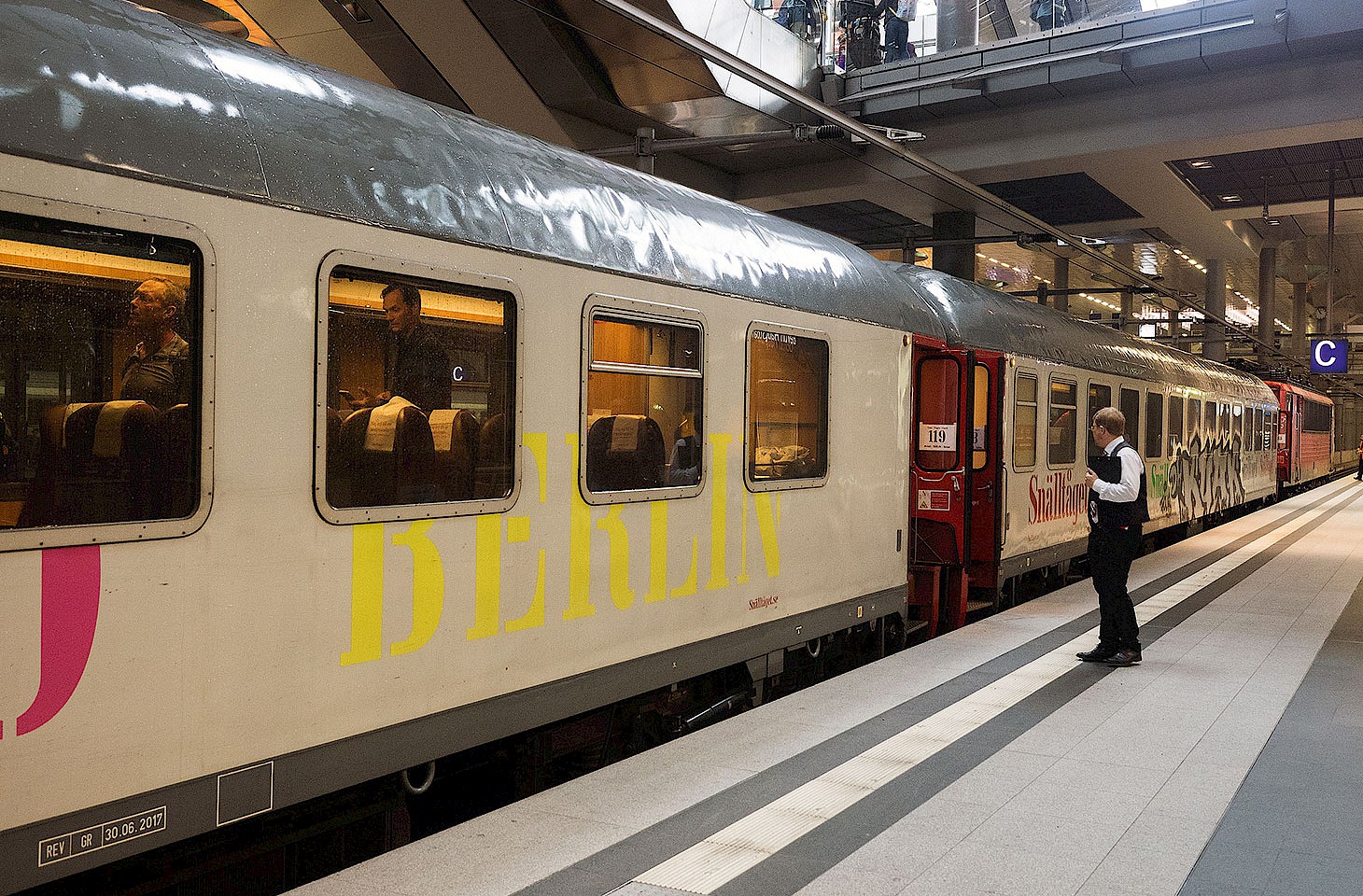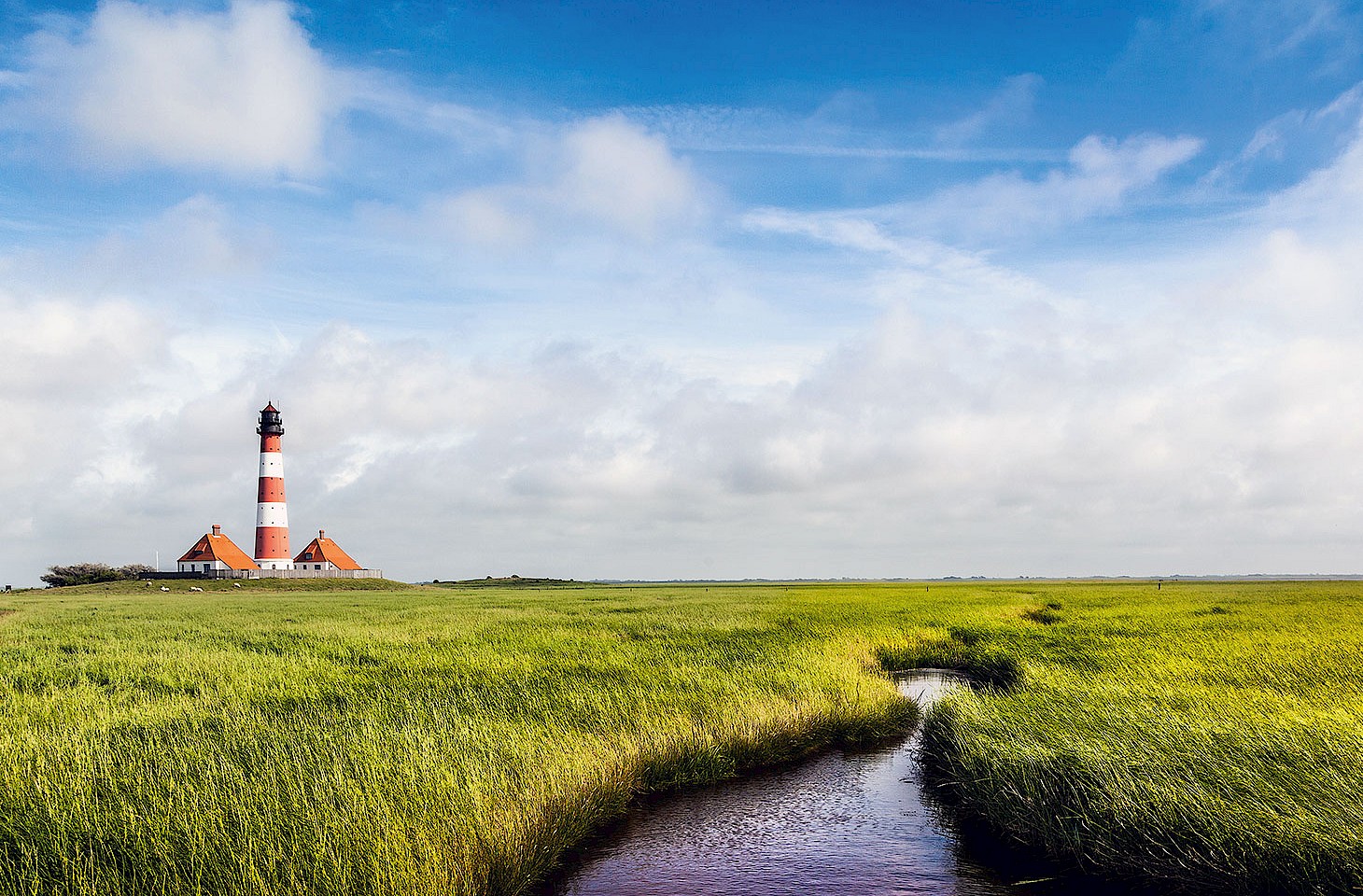Travellers have long worried about monetary matters, ever fearful that they might reveal themselves as gauche outsiders by proffering the wrong banknotes or neglecting to tip where it might be expected. In 1881 Karl Baedeker reassured English travellers to Switzerland that “French gold is the most convenient coin,” though he added that Prussian dollars or English sovereigns would surely be accepted too. In the 1905 edition of Baedeker’s Switzerland guide, the editor’s advice had changed a little, as he now reminded travellers that silver five Franc pieces from Greece, Belgium or France were just as acceptable as Swiss coinage.
In 1858 Baedeker assumed that most travellers bound for Denmark would travel via Hamburg, but he urged his readers not even to think of changing money there. “The money changers in that city are most extortionate,” he advised. Baedeker’s legendary zeal in covering every possible eventuality extended even to the management of servants. “Avoid taking English servants to Scandinavia, and particularly women, as they would prove a far greater trouble than comfort,” Baedeker noted.
For every situation, Baedeker seemed to know quite how much one might tip, thus allowing his readers confidently and unerringly to distribute shillings or pfennigs to those who smoothed the foreigner’s journey around Europe. A good gondolier in Venice deserved a decent tip in Baedeker’s view. Yet the earnest guidebook writer was less well disposed to “the officious loiterers who assist passengers to disembark [from a gondola].” The latter, suggested Baedeker, should be given no more than a few centimes.
The general precept that travellers should properly settle their bills (and proffer gratuities) in the local currency of whatever country they are in (rather than in the currency of their home country) is well understood in Europe — even if it is sometimes ignored by visiting Americans who still occasionally assume that European waiters from Madrid to Manchester might actually prefer to be tipped in US dollars.




